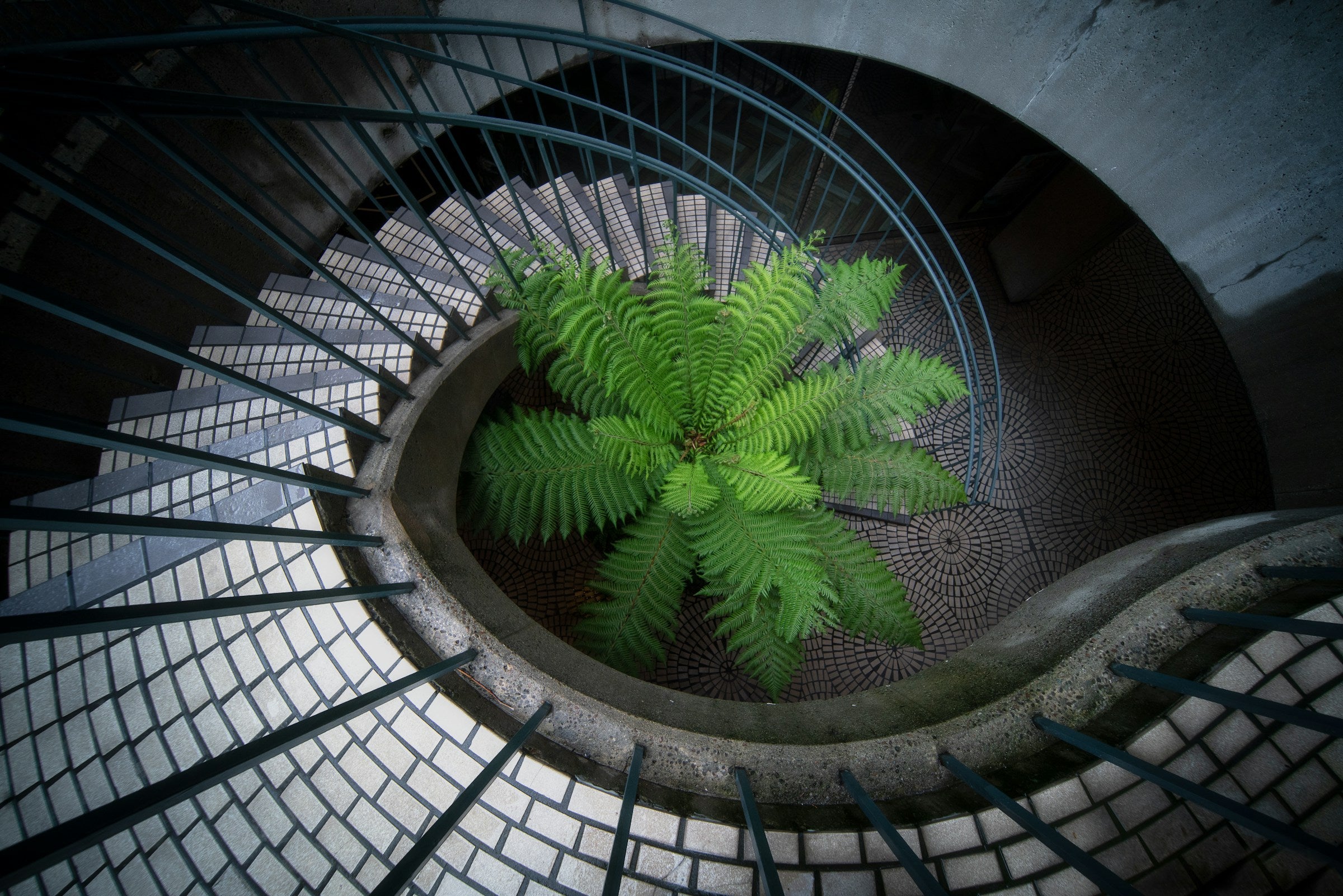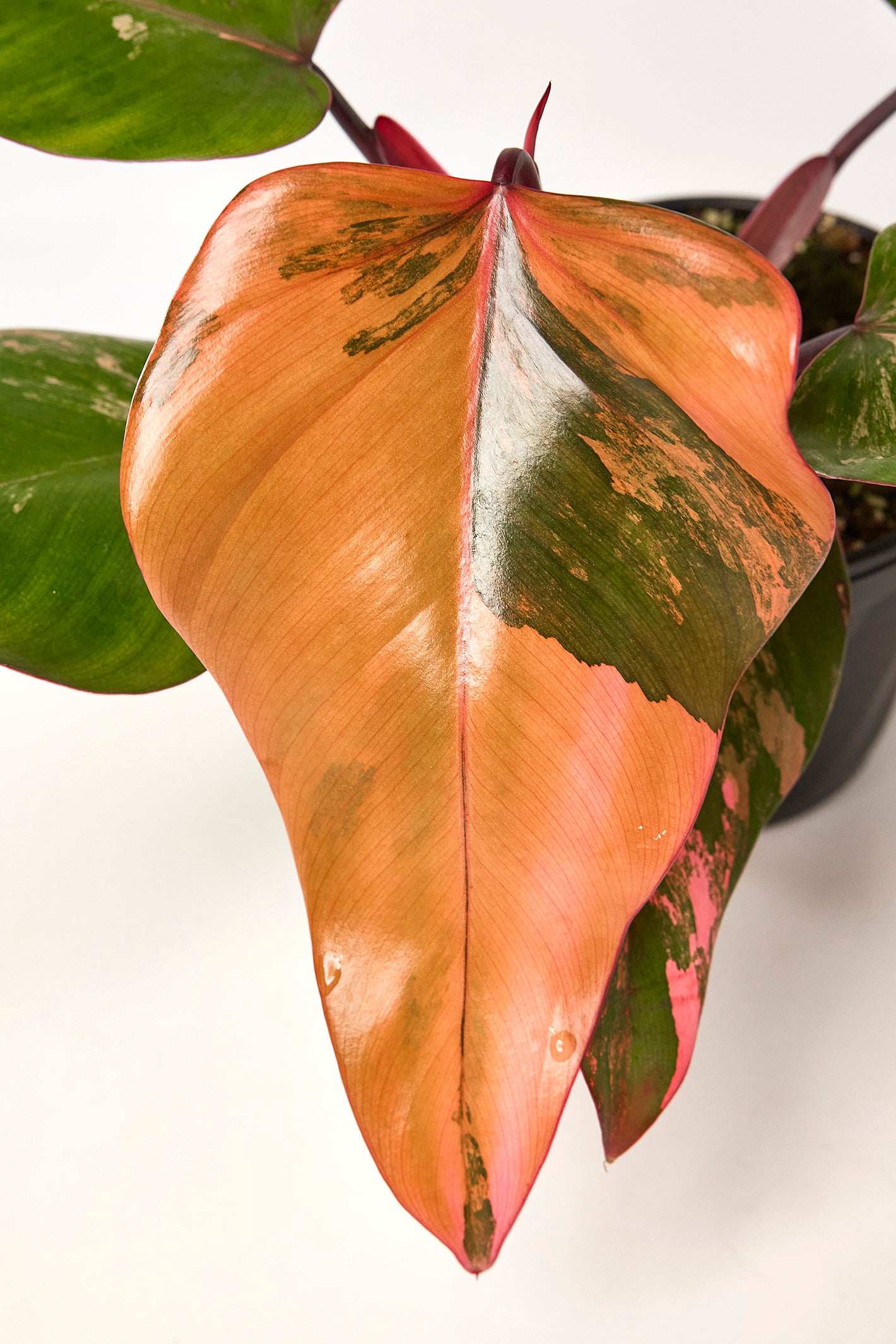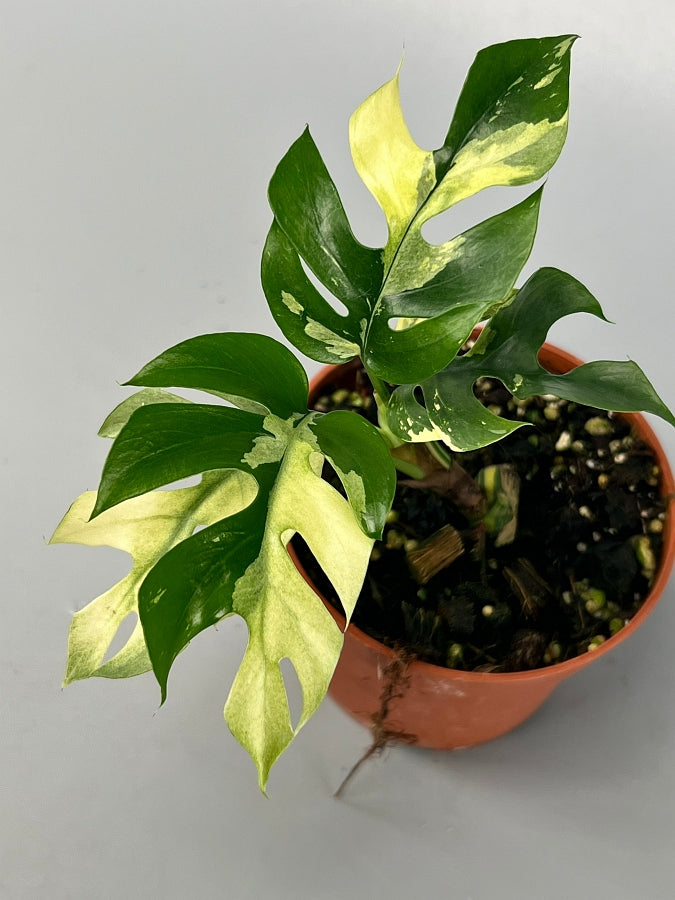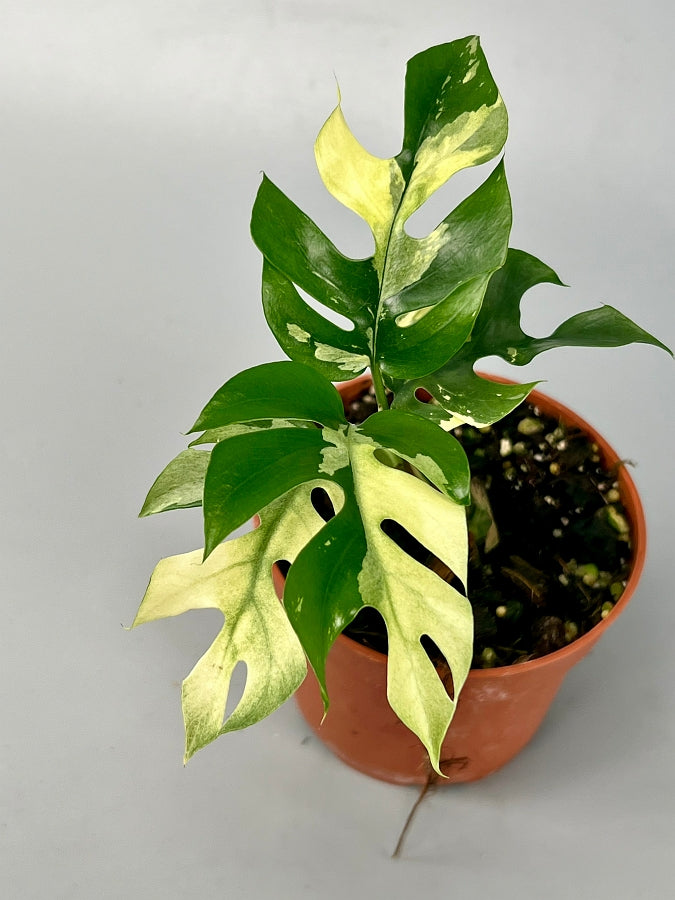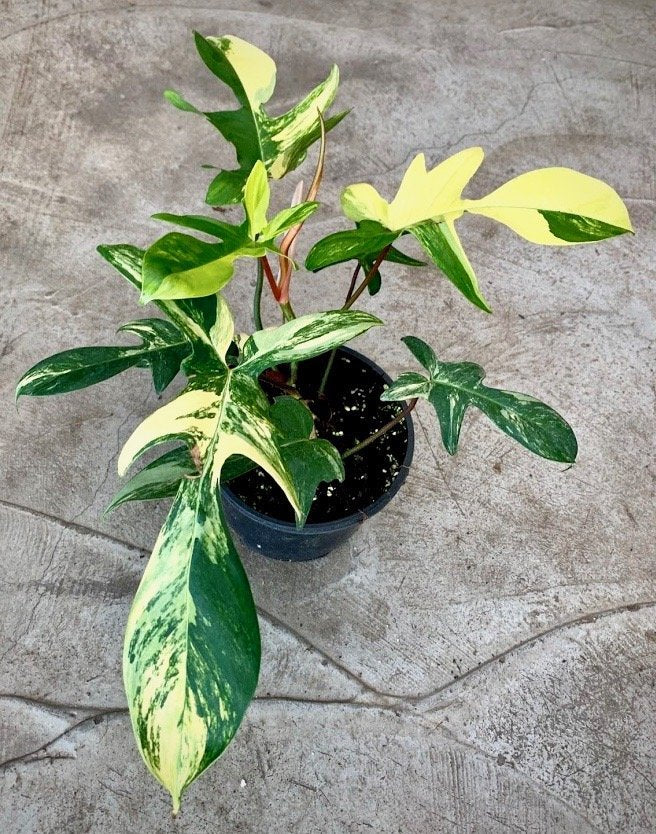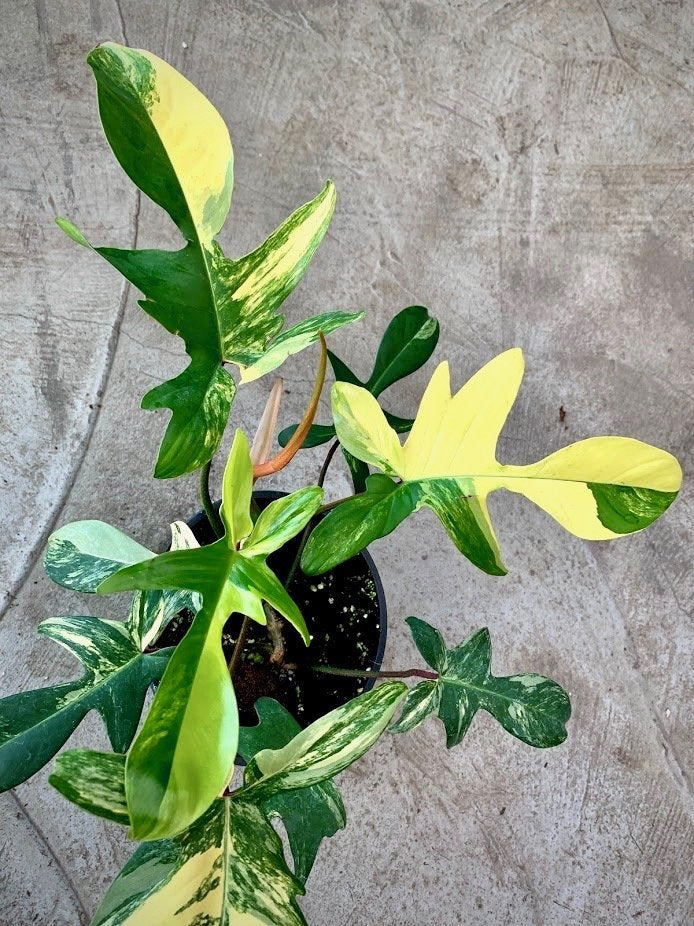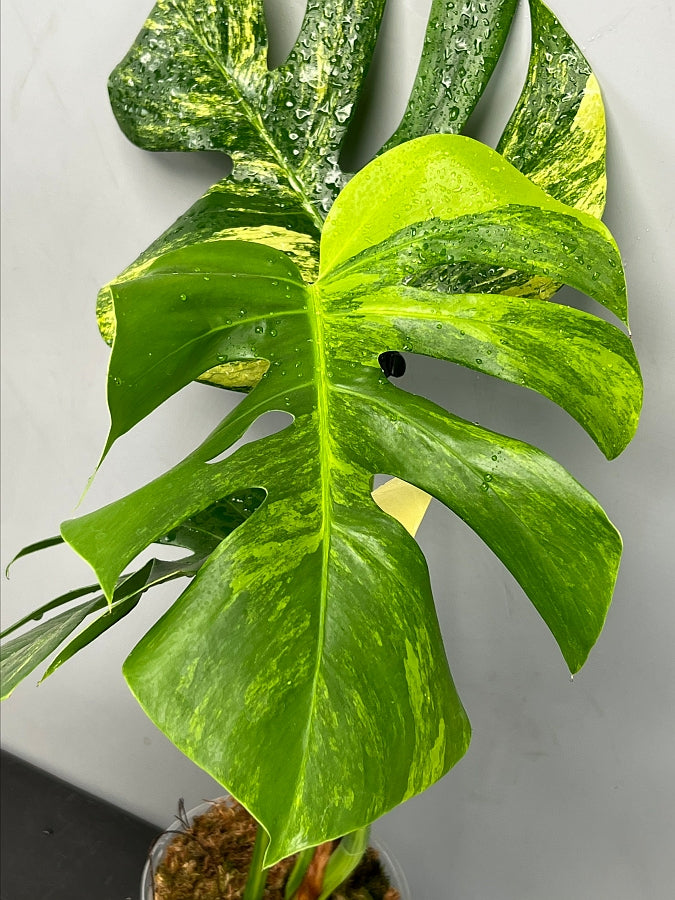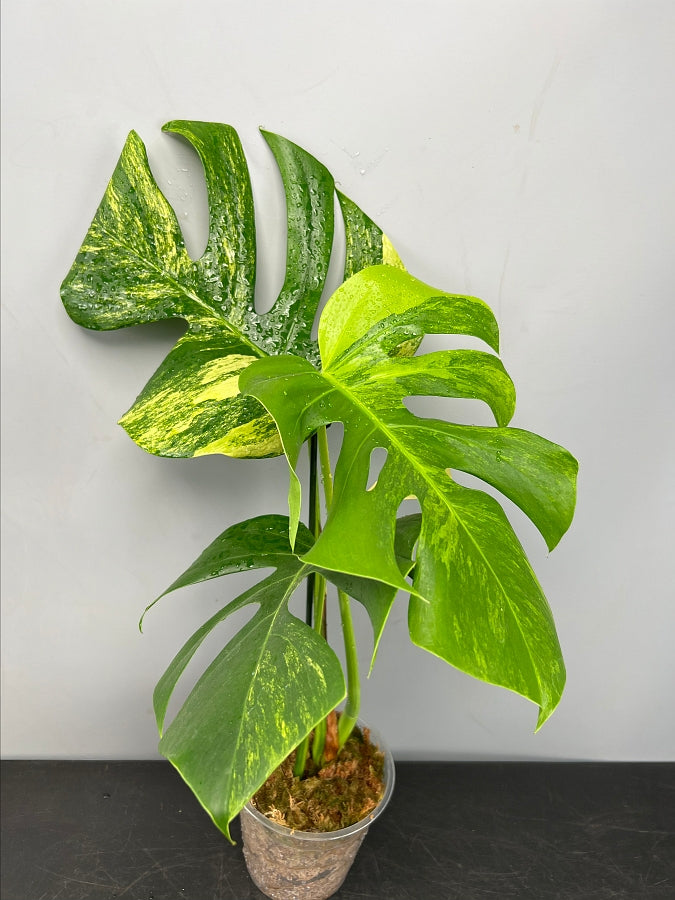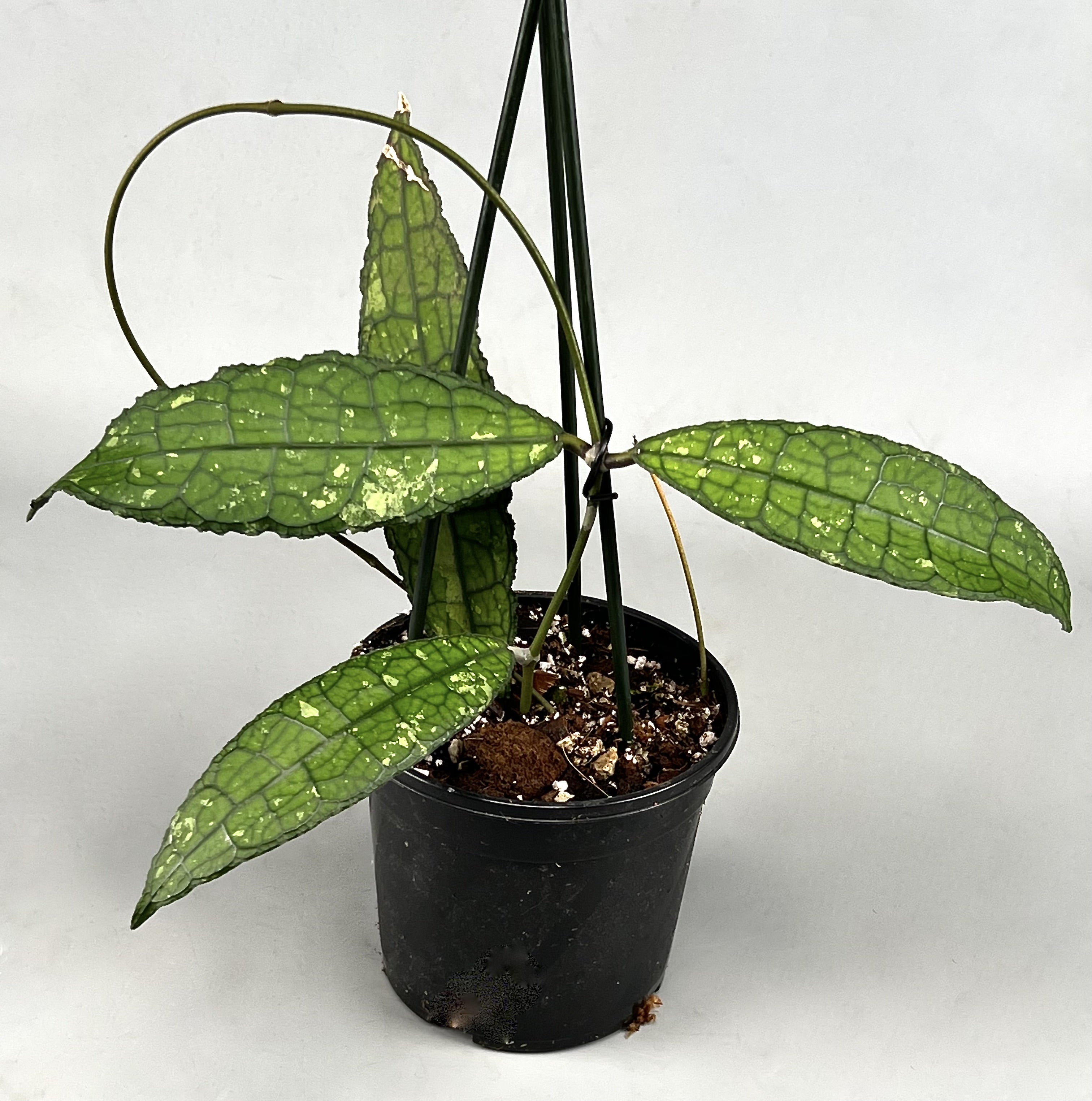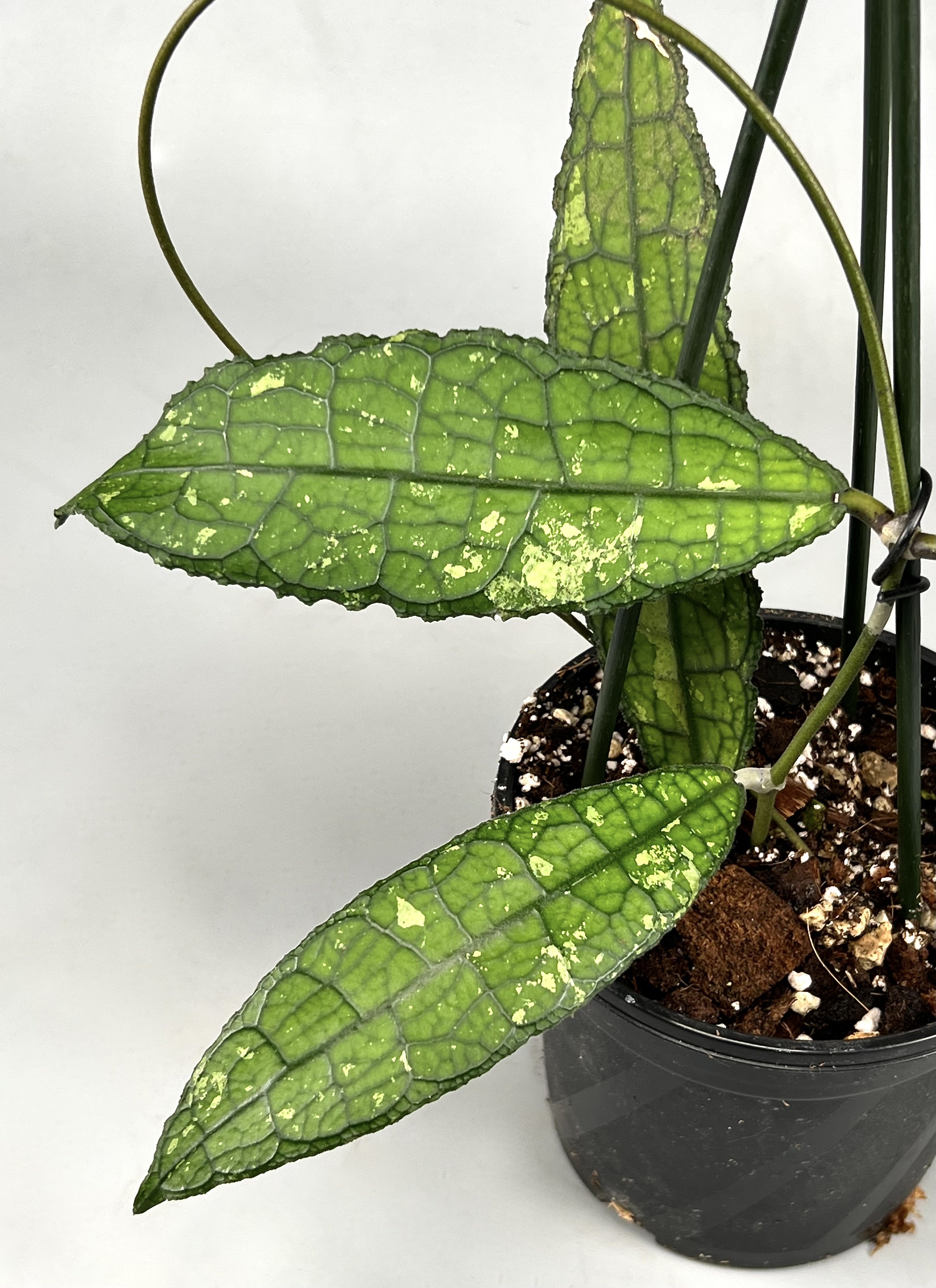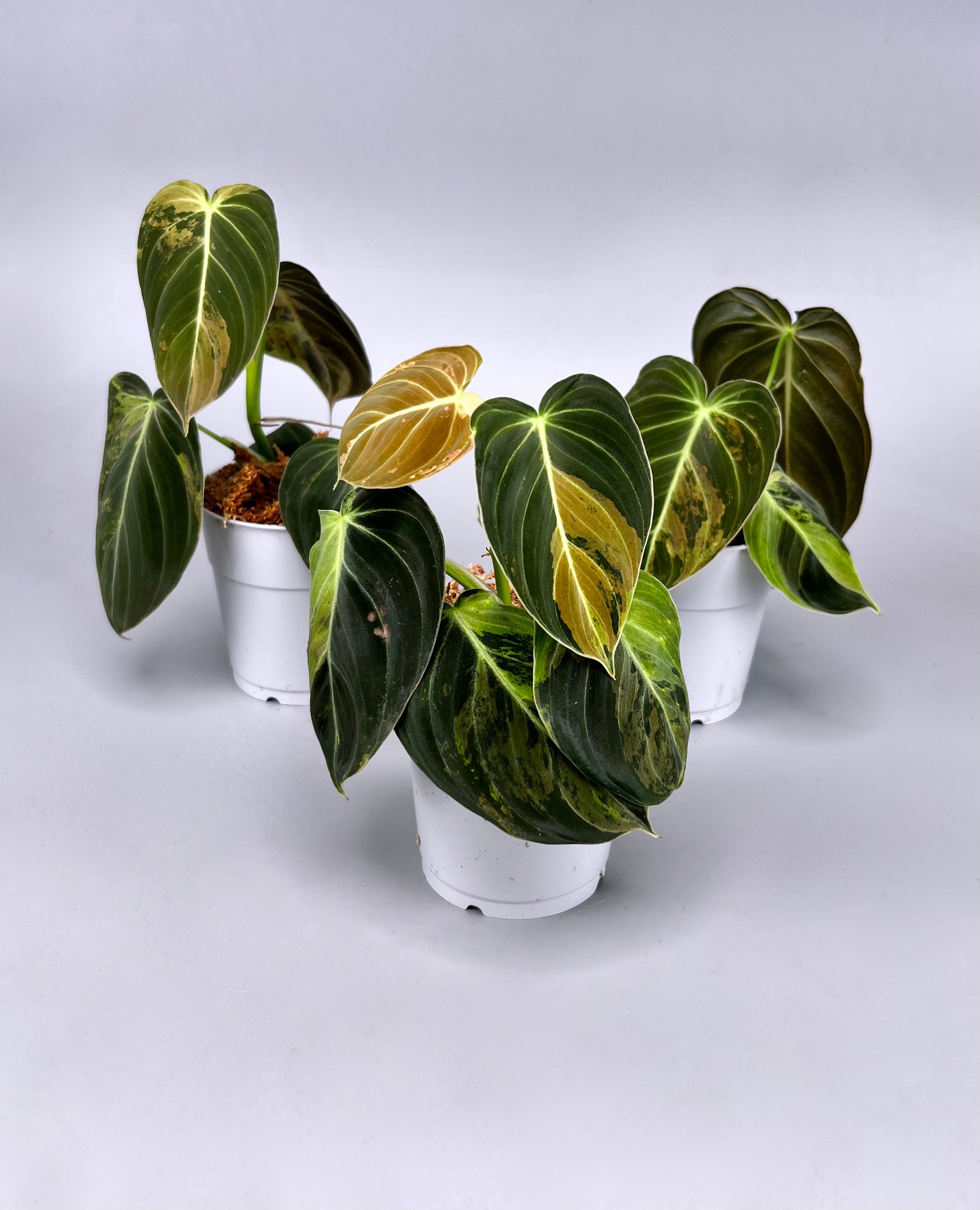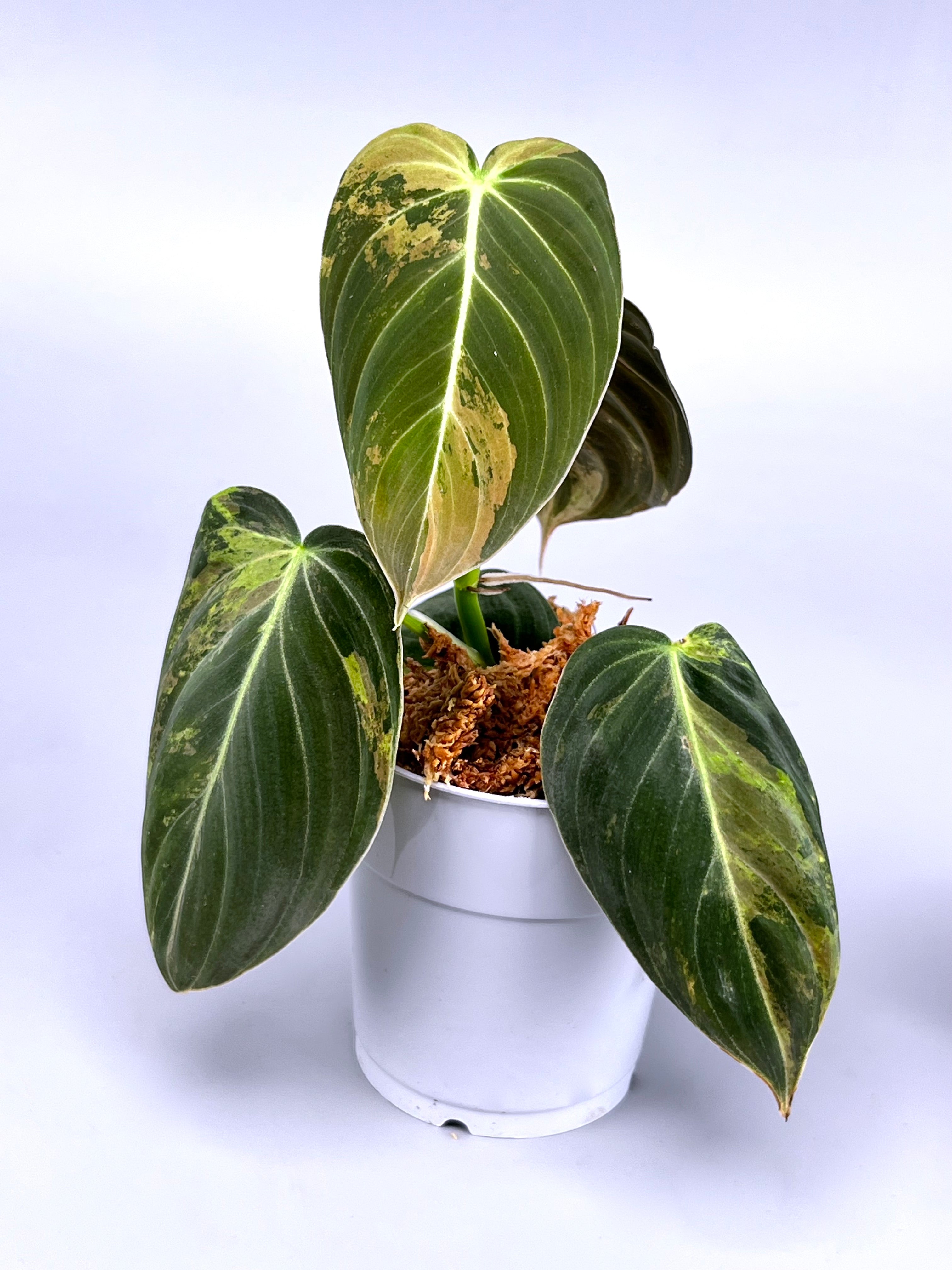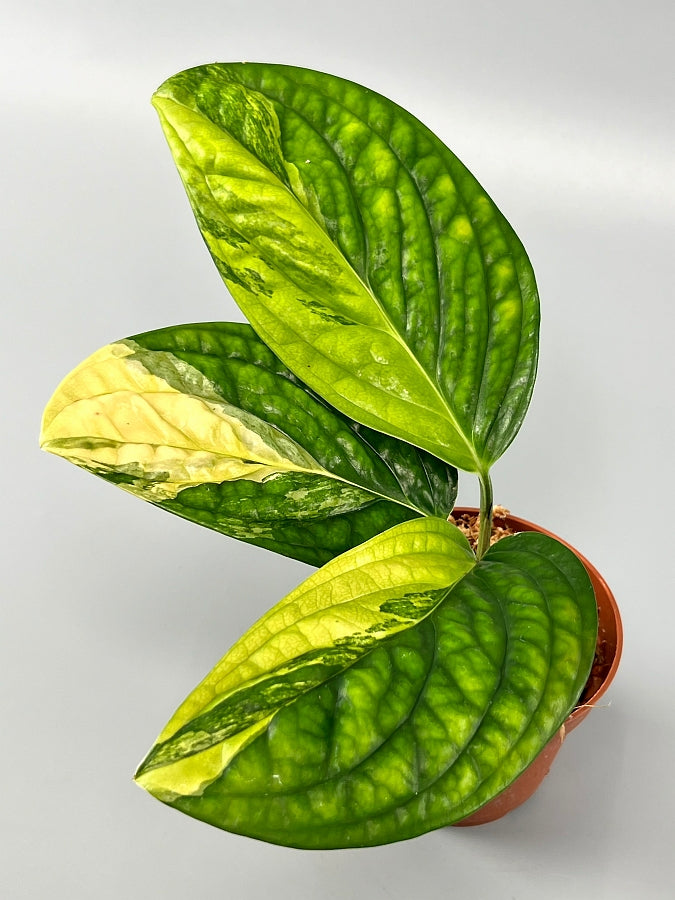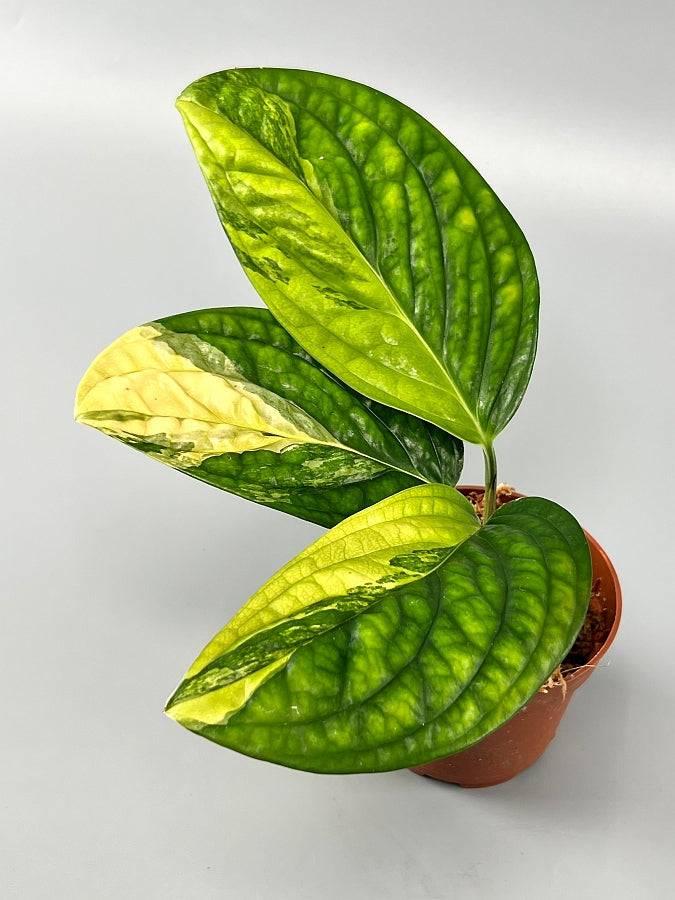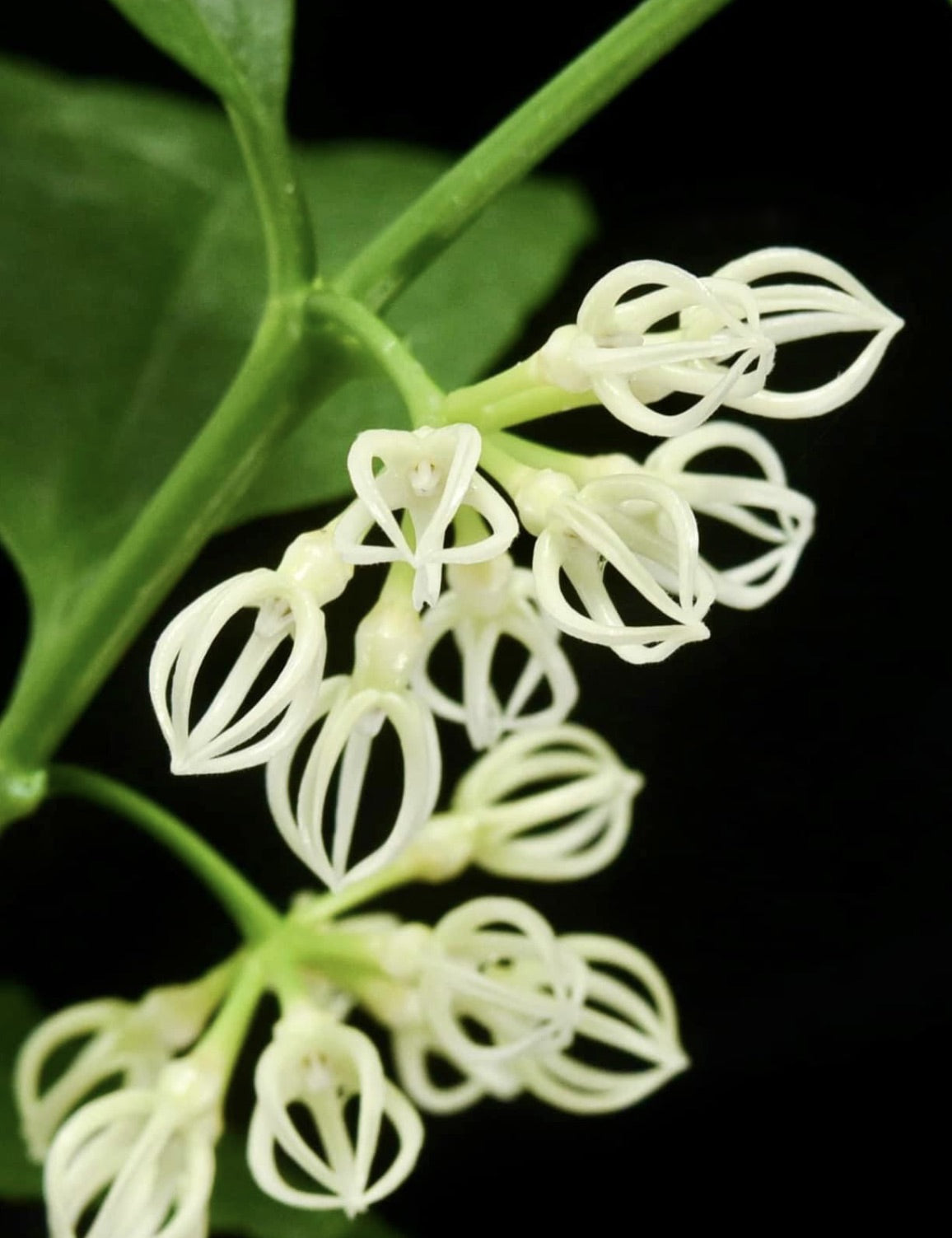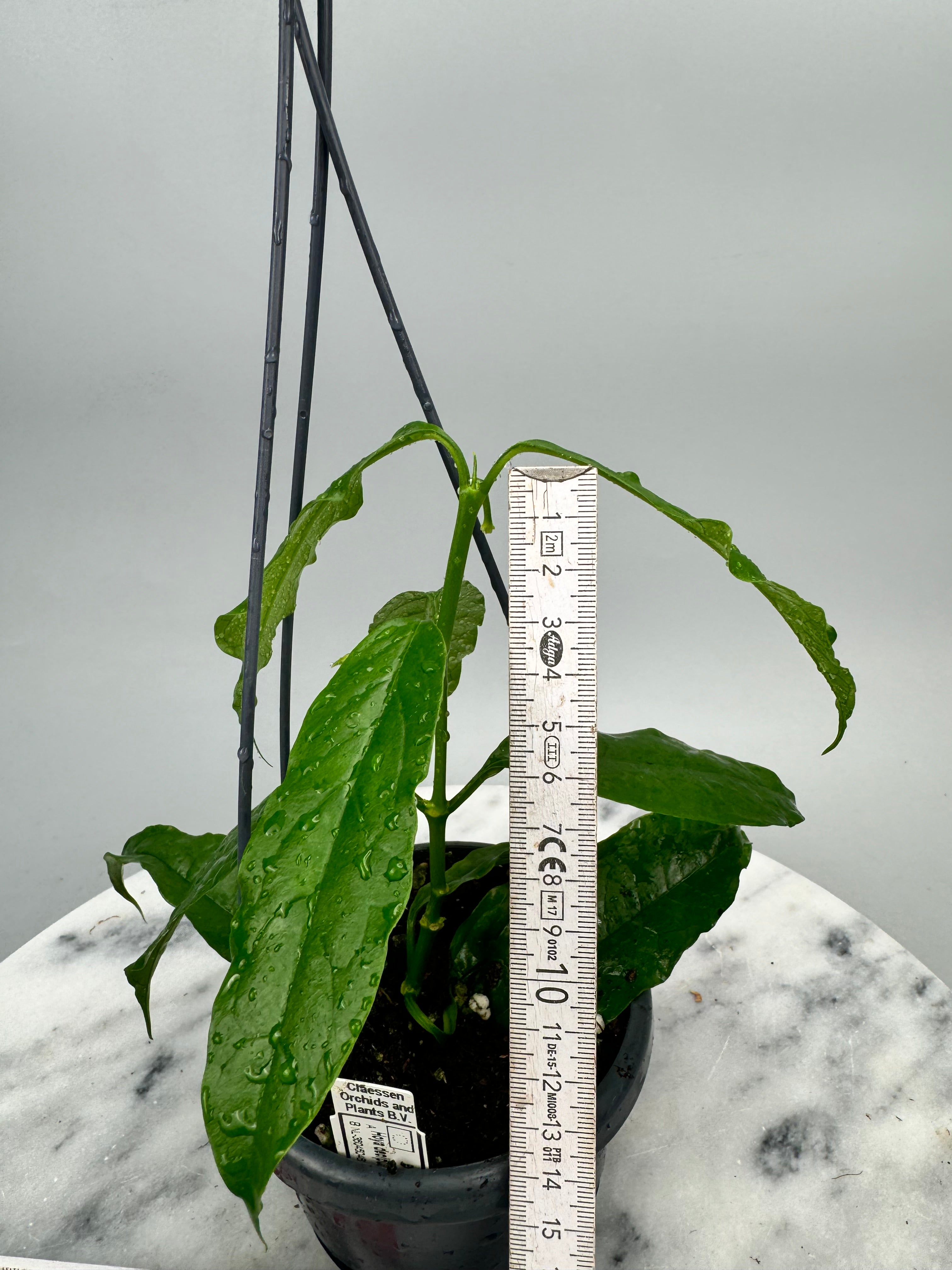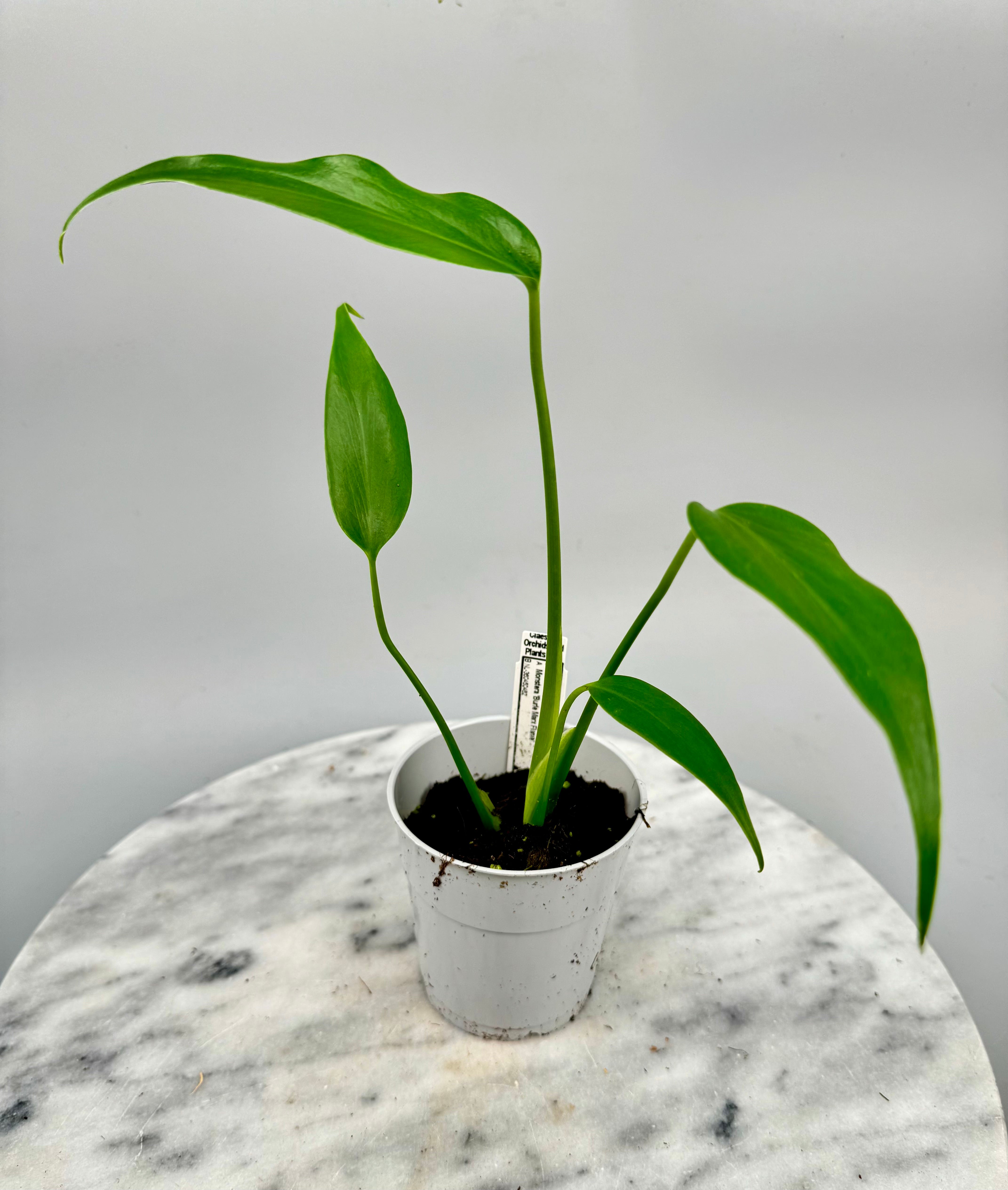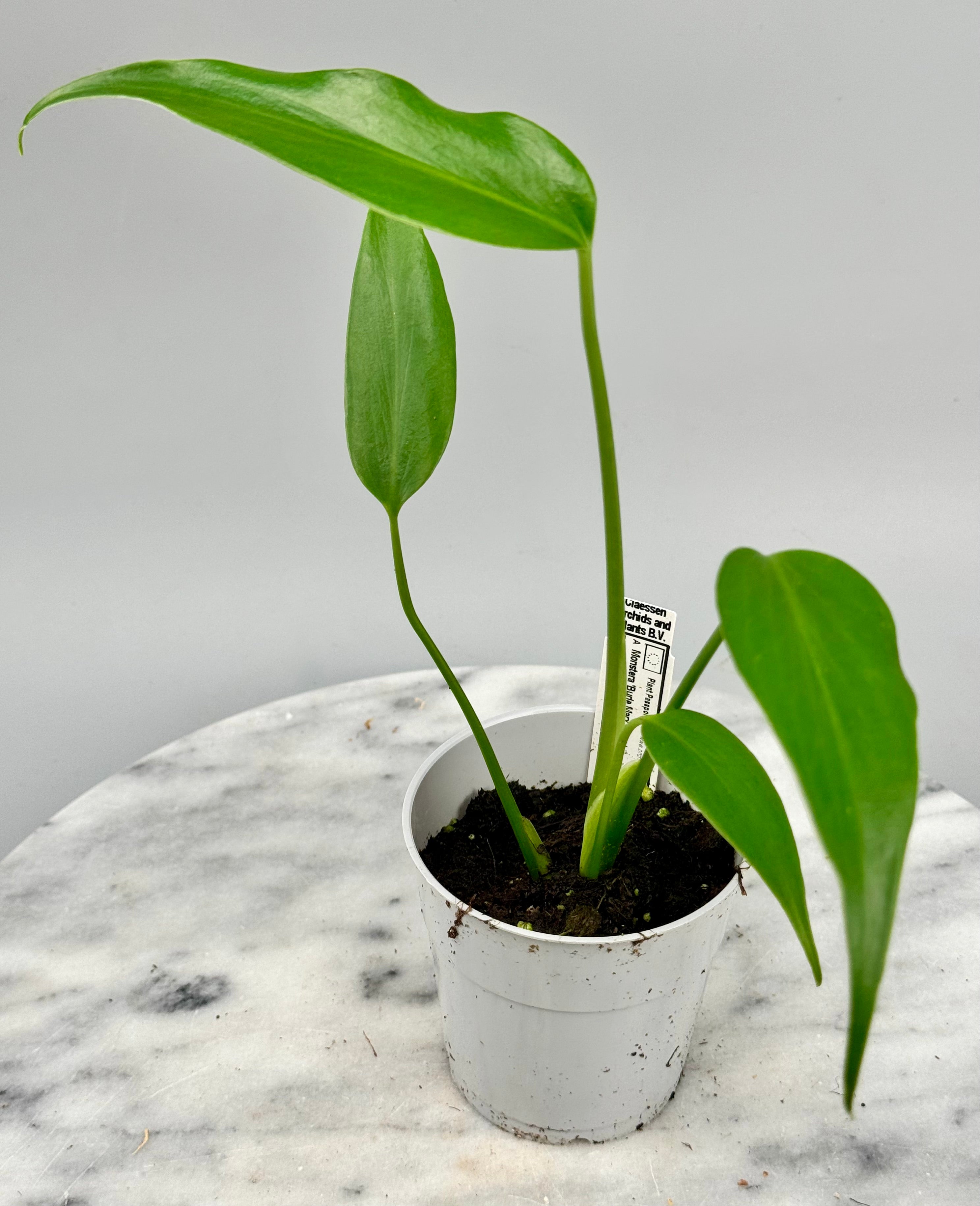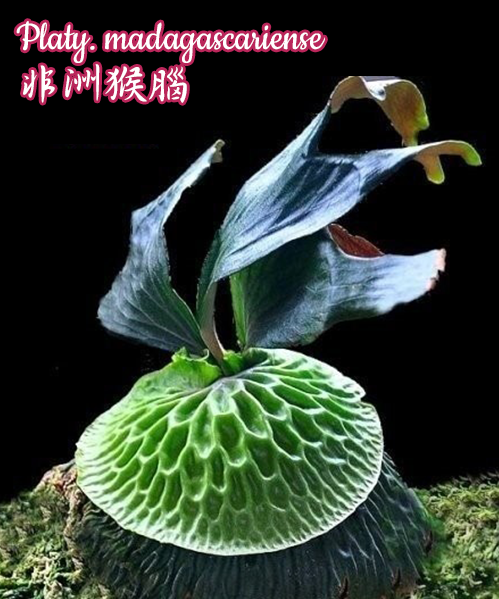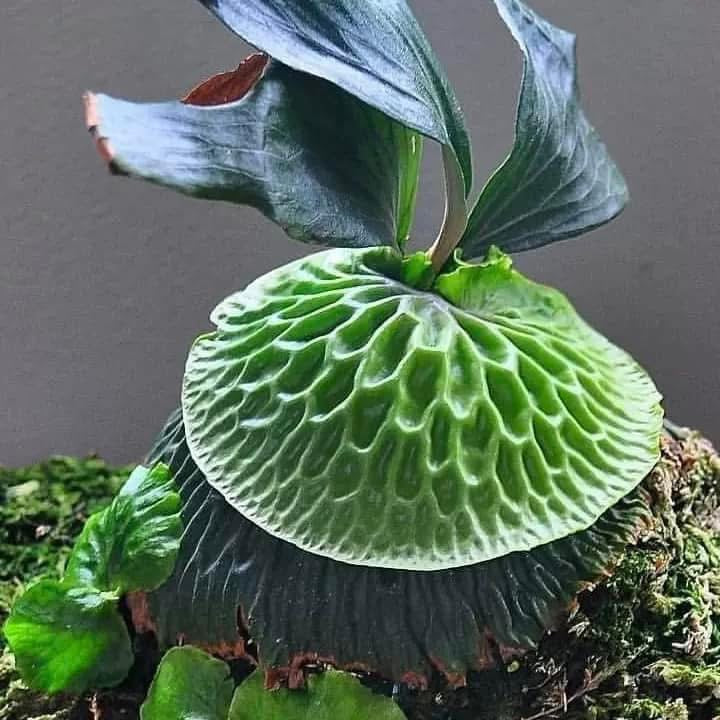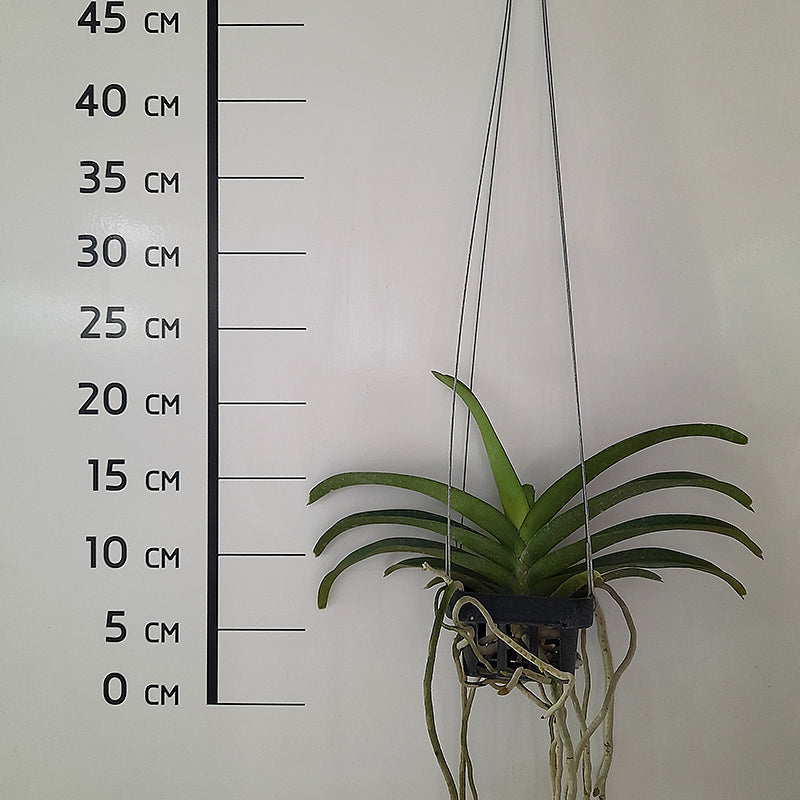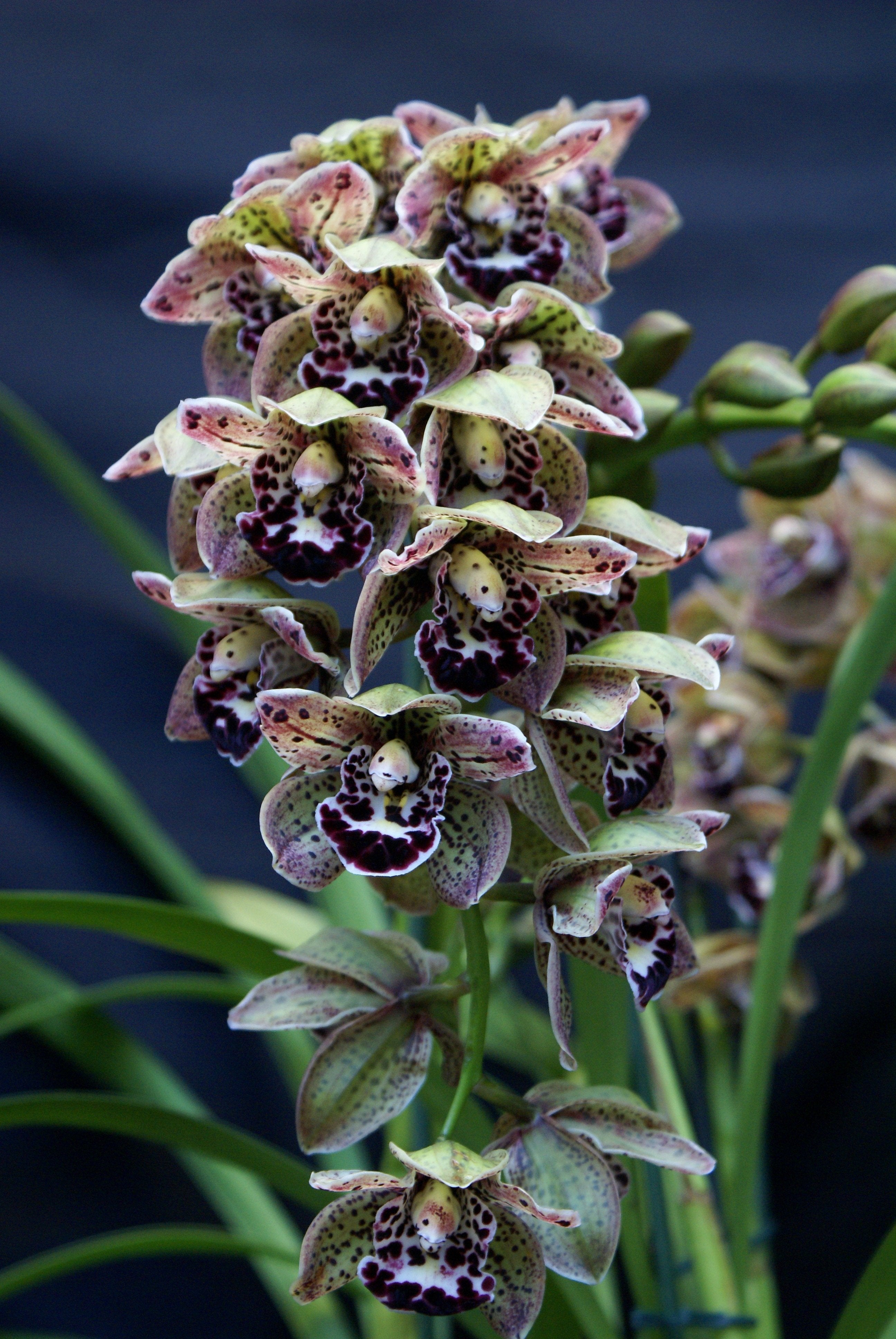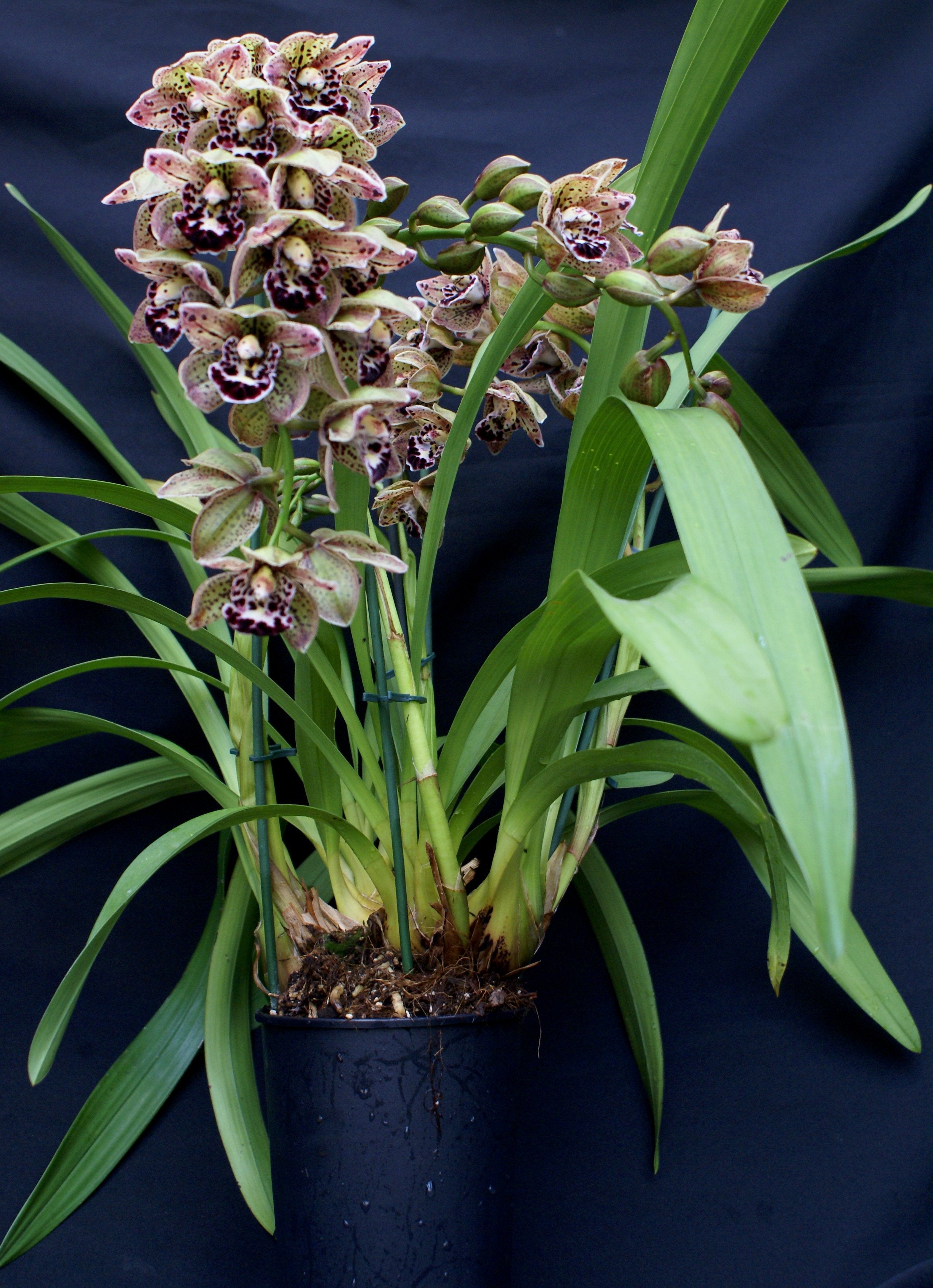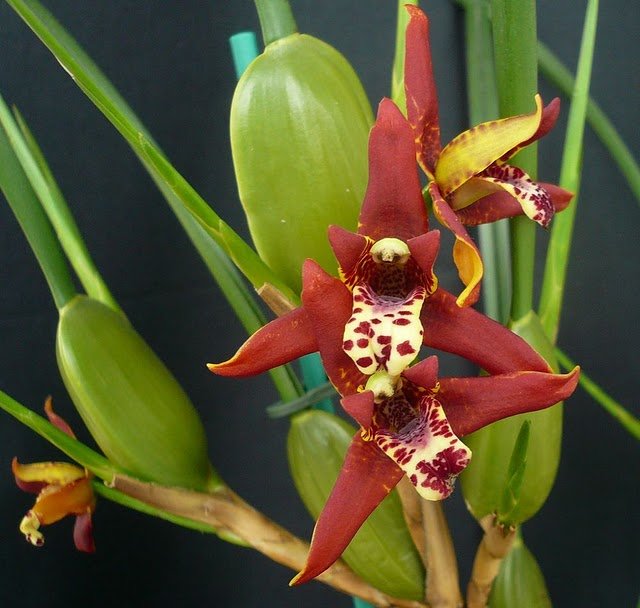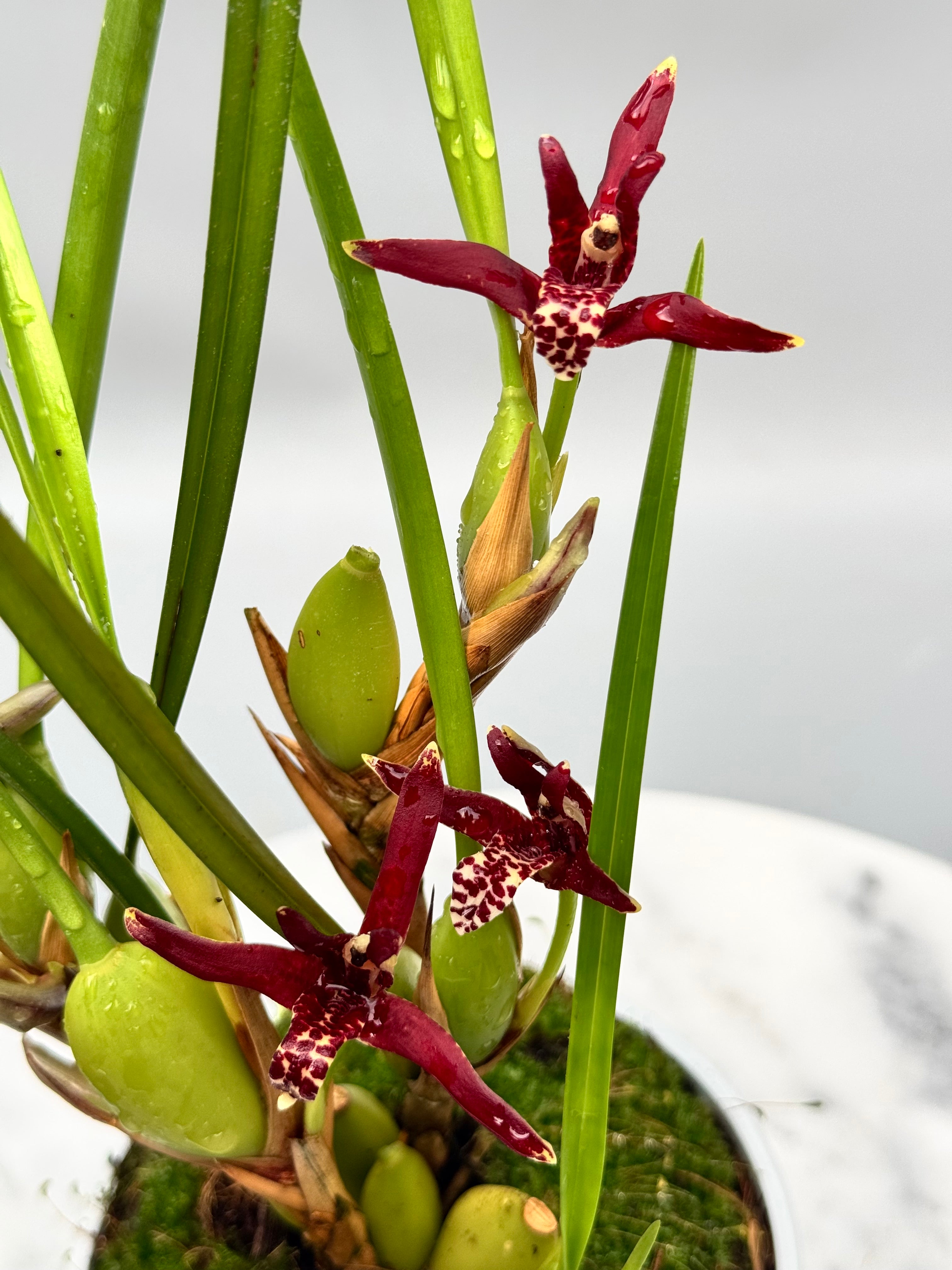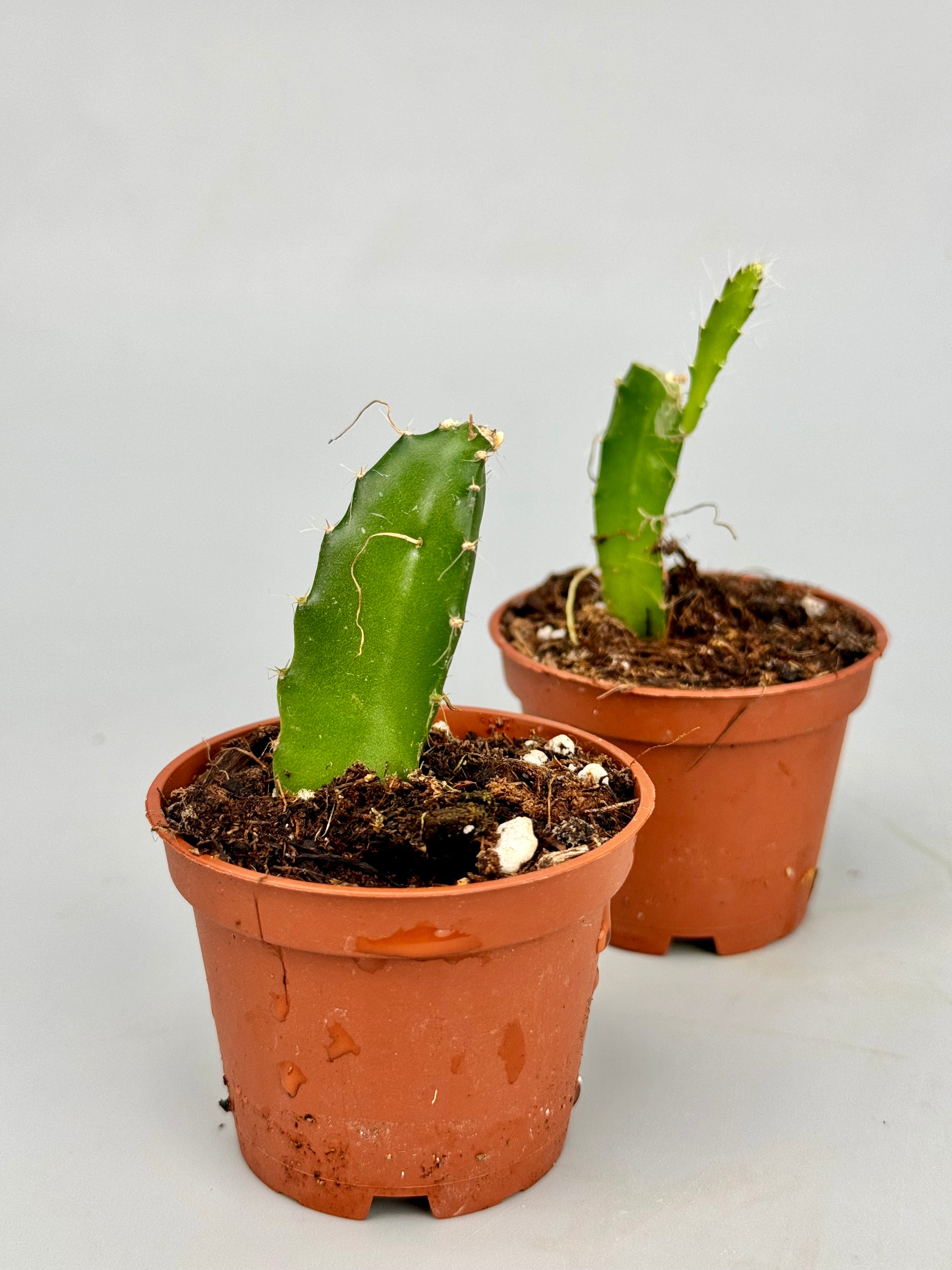The golden ratio is a mathematical ratio of about 1:1.618. It is known for its aesthetic value and harmonious properties. The proportions of the golden ratio appear everywhere in nature, art and architecture. Thus, the ratio also appears in exotic plants. The similarity between them forms a fascinating and living spectacle.
Growing
Exotic plants have an abundant variety of shapes, colors and structures. They are often a model of natural beauty and efficiency. One of the ways tropical plants achieve harmony and efficiency is by using the golden ratio in their growth and structural patterns.
Spirals
A good example of clear leaf arrangement in these proportions, is the filotaxis of the pineapple plant or the leaves of a tropical fern. These plants usually follow a spiral pattern corresponding to the golden ratio. They have a logarithmic spiral, with the golden ratio being the base. The leaves are arranged in this way so that each leaf receives optimal light, but also so that the plant can grow as compactly as possible with optimal structures for strength. This can be essential in dense and shady environments with many unexpected outside influences.
Flowers
Where the golden ratio also becomes apparent is in flower structures of many tropical plants. Orchids, Bromeliads and passion flowers often exhibit petals and sepals that grow according to the Fibonacci series. This series is closely related to the golden ratio. And this not only provides an aesthetically pleasing symmetry, but it can also contribute to effective pollination by insects. The optimal arrangement of the parts of the flower can certainly ensure this.
Fruit
Fruits of tropical plants such as bananas and papayas sometimes also exhibit patterns that can be traced back to the golden ratio. The distribution and internal structures of these fruits often follow the Fibonacci sequence, suggesting that this ratio plays a role in how the plant efficiently distributes energy and nutrients during fruit development.
It is curious and fascinating how the golden ratio, a concept that has been appreciated and applied by mankind in art and architecture for centuries, also has a deep-rooted place in tropical flora. The complex structures of exotic plants are harmoniously related to each other. And this confirms the intrinsic connection between mathematics and nature. It shows how universal principles can promote beauty and efficiency in a wide variety of contexts.

